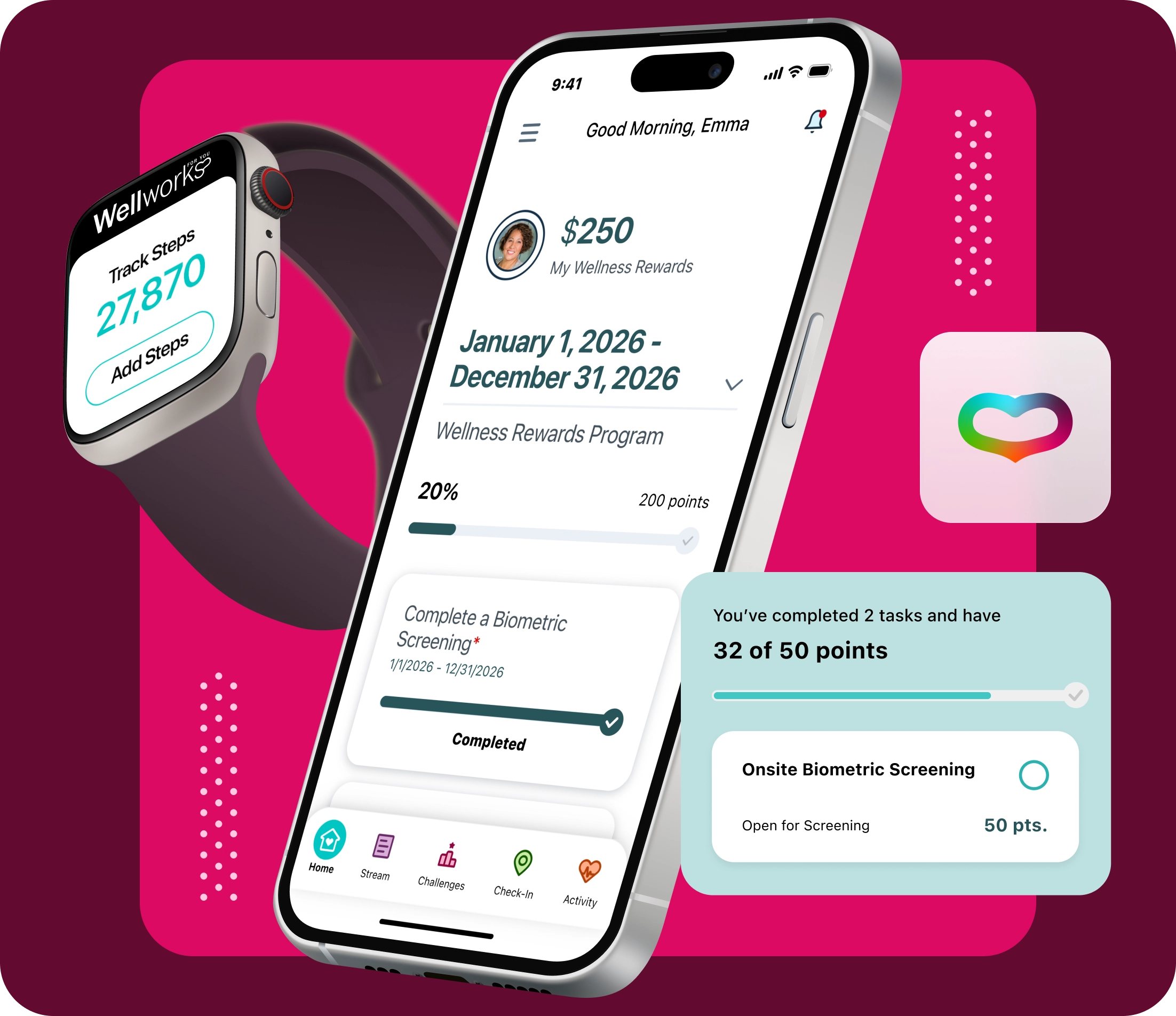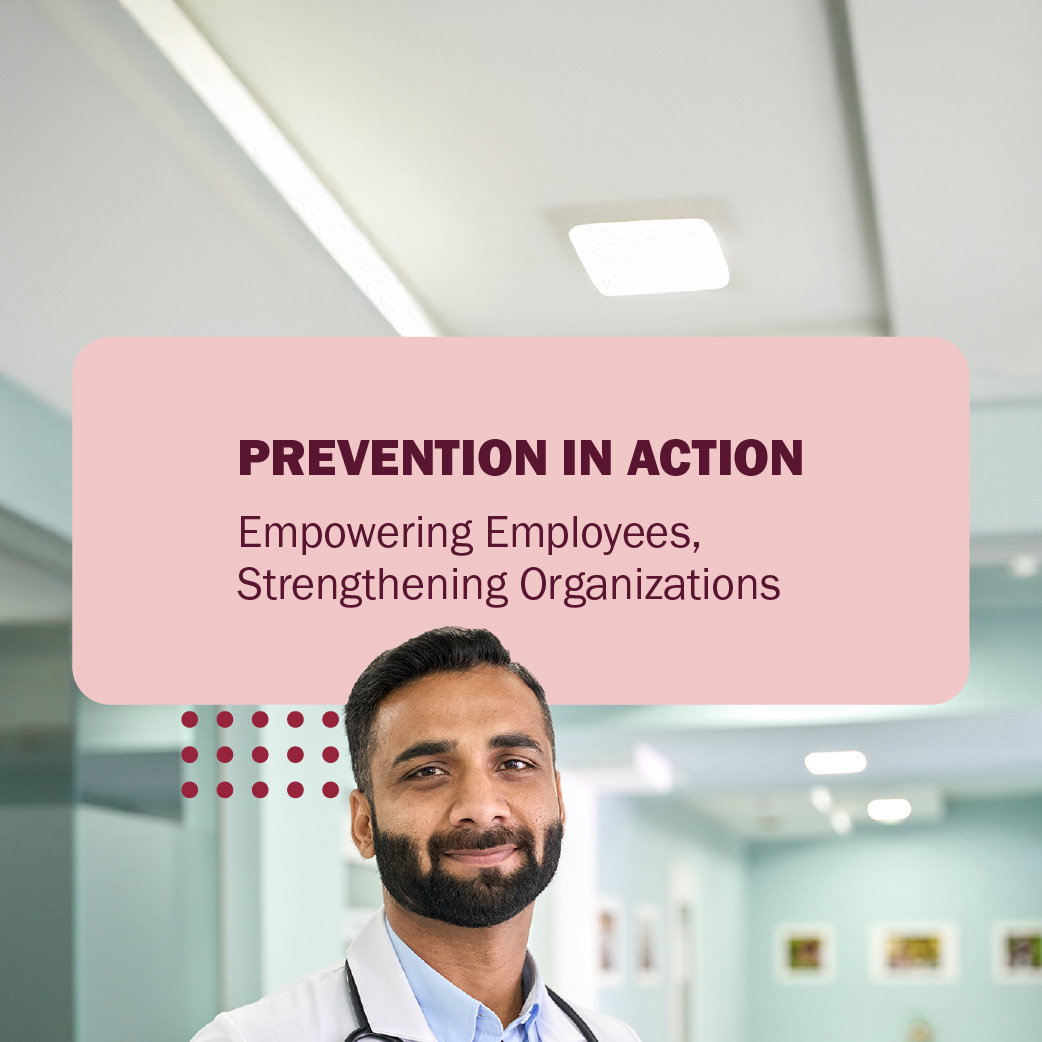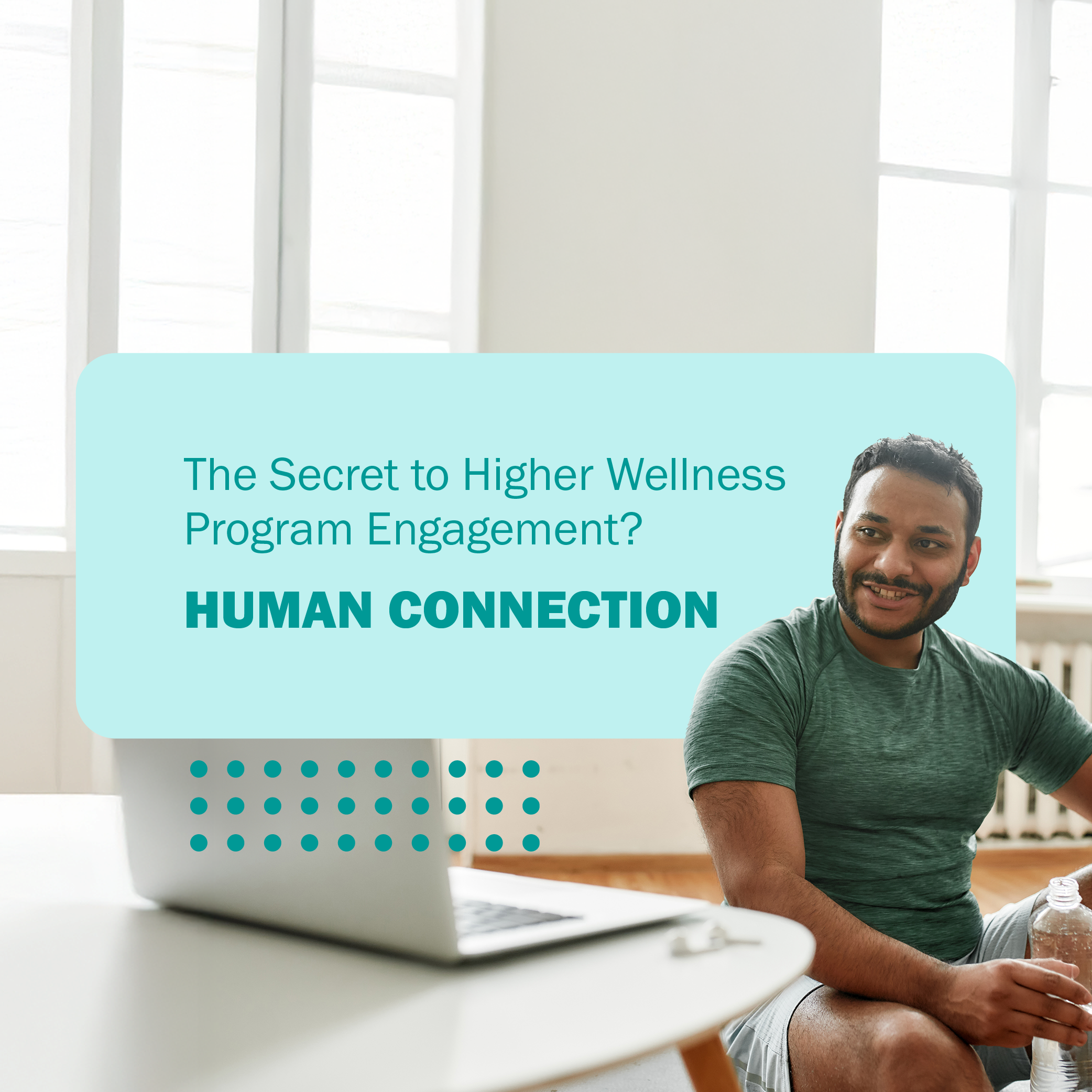
The Hybrid Work Model is Here to Stay – How to Keep Employees Engaged and Decrease Turnover
The Harvard Business Review published an article listing the top nine trends they predict for the workforce in 2024.
Unsurprisingly, the conversation around creative benefits reached the top of the list. Other topics included introducing AI software and the compressed workweek.
Overall, the article's main sentiment was that workplace dynamics will continue evolving, and successful organizations will need to calibrate their approaches to meet the evolving needs of their workforce.
The Top of the HBR List
Fast-forward to 2024, and we find ourselves four years removed from the onset of the COVID-19 pandemic. During these years, we have collectively witnessed rapid changes in workplace policies and expectations, particularly the work-from-home policy.
Here’s what the HBR thinks you should know about the evolving landscape:
- In 2019, 5.7% of U.S. workers worked remotely.
- In 2021, this figure tripled, with 17.3% of U.S. workers fully remote.
- In 2023, 12.3% of U.S. workers were fully remote, with 28.2% operating within a hybrid model.
- Alarmingly, a study found that 57% of workers would look for a new job if their company didn’t allow remote work.
- Forbes predicts that 22% of the workforce will be hybrid by 2025.
So, what does this mean for employers? It signifies a fundamental shift in how employees engage and receive support, mirroring the rapid evolution of remote work policies. The sentiment surrounding hybrid models reflects changing worker preferences and expectations.
For 60% of companies with a hybrid or remote model, traditional engagement opportunities are obsolete, and engaging a virtual workforce presents novel challenges and opportunities.
One Forbes writer suggests that debating a return-to-work policy is not the most efficient use of time and that decision-makers should instead focus on increasing productivity in the workplace.
And what has been proven to increase productivity in the workplace? Time has proven that it is corporate wellness programs, or, as the HBR calls it, creative benefits.
What are Creative Benefits?
The Harvard Business Review predicts that in 2024, successful organizations will offer creative benefits. Creative benefits include traditional wellness programs, financial wellbeing programs, and mental health solutions, proven to increase engagement, improve productivity, and lower turnover rates at staggering numbers.
Traditional health benefits packages that include just the basics – medical, dental, and vision – may not address the full range of issues facing today’s workers and are just that – traditional. The current data landscape proves that workforce dynamics are changing, evolving, and overarchingly virtual. Supporting the 2024 employee population will need to mean the same. Tools, resources, and engagement opportunities must be accessible virtually anywhere to meet the population's current needs.
If you aren’t sure how to bring your benefits program into 2024 or have reached a place of being stuck in a health and wellbeing rut, here are the most impactful programs we have seen:
What are the best Additions to Health Benefits?
Mental Wellbeing Programs
Mental health and wellness have been at the forefront of discussion since 2020, and for good reason. More than 1 in 5 U.S. adults live with mental illness, making it crucial for a benefits package to address this reality, particularly with accessibility for the hybrid worker, who is at a higher risk of facing depression due to loneliness.
SHRM published an article stating, “While people clearly value working remotely, it can come at a personal cost, as a growing number of employees say they feel isolated from their employers and colleagues. Even employees who regularly work in the office can feel lonely. In fact, about 8 out of 10 employees (82 percent) say they have felt lonely at work, according to a 2022 survey of more than 5,000 workers in Brazil, China, Germany, the U.K. and the U.S. conducted by consulting firm EY.”
Combatting mental illness, loneliness, and the array of problems these issues bring about is touchy and typically best left to the experts. In addition to providing an EAP program, consider outsourcing these types of programs.
Wellworks For You offers a ready-to-launch, robust mental wellbeing program. Its cutting-edge AI technology tools, when used in tandem, have been designed and proven to elicit meaningful change in participants’ everyday lives.
Financial Wellness Programs
A Study by PwC found that 59% of employees are stressed about their finances, costing employers approximately $300 billion in lost productivity every year.
In 2023, research found that only 24% of employees rated their financial wellbeing favorably, down from 27% two years prior. And in 2020, Forbes dubbed financial wellness programs the “must-have benefit.”
If you haven’t got on board yet, it’s not too late. While a competitive 401(k) plan can provide the foundation for employees’ long-term retirement planning, organizations committed to employees’ financial wellbeing might consider the full employee life cycle – for example, offering help with student loan debt and saving for major purchases, along with financial literacy, investment, and retirement planning seminars. In other words, a comprehensive financial wellness program.
A financial wellness program can be a standalone benefit or part of a larger wellness program. According to Willis Towers Watson, companies with effective financial wellness programs are more likely to have employees who are satisfied with their benefits and more likely to stay with the company long-term.
Diabetes Management
Statistically, 1 in 3 adults have pre-diabetes, and 80% don’t even know they have it.
And if current trends were to persist, 1 in 5 Americans born in 2000 will be diagnosed with diabetes. It is the 8th leading cause of death in the United States and the number one leading cause of blindness in people 24 – 70 years old.
With these numbers, odds are, your employee population is affected by diabetes, and so is your bottom line.
Typically, employers spend $5,000 a year for a member with pre-diabetes, $10,000 per member with diabetes with no complications, and $30,000 for an employee with diabetes complications.
While a corporate wellness program is essential, ensure your chosen program offers a solution to help people manage their diabetes and can do so virtually. Look for programs that provide virtual or in-person health coaching and education, lifestyle modifications, medication management, and online tools and resources.
Or, if you have been running a wellness program for a few years now and have the statistics to prove that your employee population is at risk or living with diabetes, consider a Diabetes Management Program. Wellworks For You’s Diabetes Management Programs have proven results and are accessible from anywhere.
How to Improve Your Current Wellness Program
Here are some ideas to consider for the organization with a robust wellness program that already touches on overall, mental, and financial wellness and is simply looking to modernize its program.
- Wellness Portal. The workplace bulletin is no longer helpful with a hybrid population, and emails are likely to get lost in the mix. A designated online wellness portal is the best and most accessible way to house all the information an employee needs to utilize the components of their program.
- Team Wellness Challenges. Encourage employees who may otherwise not collaborate to work together in a team wellness challenge. Challenge topics can vary from walking to hydration and even sleep challenges. The options are endless.
- Live Webinars. A live webinar can cover various topics, from financial literacy to better sleep habits. They are a way for employees to get together, tune in, and ask questions in real-time.
- Virtual Learning. In-person “Lunch and Learns” may be a thing of the past, but providing employees with valuable information is still pertinent. Look for programs that offer virtual learning courses, ideally on various topics. Wellworks For You gives users insight into what topics are trending among their coworkers, encouraging them to tune in to their coworkers.
- Flexibility and Accountability. Boosting employee productivity and satisfaction is about more than the tangible benefits a company can provide. Other items to consider are increasing flexibility around working hours, implementing genuine DEI initiatives, and creating a virtual open-door policy.
As the world and workforce continue to grow and change more rapidly than before, employee needs and expectations will do the same. This makes it more relevant than ever to leverage corporate wellness solution providers, who remain at the forefront of trends and can accurately predict what is to come.
As an industry leader since 2009, Wellworks For You stands ready to support organizations in navigating the evolving landscape of employee wellness. If you are interested in learning more about how we can help you stay up to date, click here to book a demo with a member of our sales team.
Ready to Get Started?
To learn more about what Wellworks for You can offer, please fill out this form and one of our trusty team members will be in contact with you shortly. We can’t wait to meet you!




